Mastering Landscape Gardening in Gardeners Gardening
Introduction to Landscape Gardening
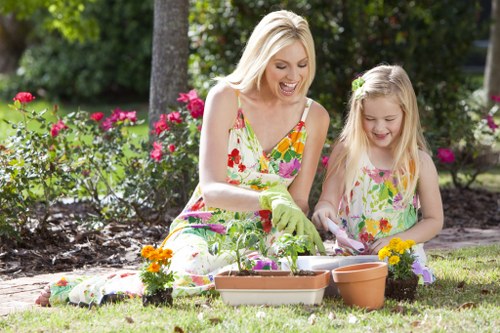
Landscape gardening is an art form that blends creativity with practicality, transforming outdoor spaces into beautiful, functional environments. For gardeners, mastering this craft involves understanding plant selection, design principles, and sustainable practices.
Whether you have a sprawling backyard or a modest urban garden, landscape gardening can enhance the aesthetic appeal and value of your property. By thoughtfully planning and executing your gardening projects, you can create a sanctuary that reflects your personal style and meets your environmental needs.
In this article, we will explore the essential elements of landscape gardening, offering tips and insights to help you cultivate a thriving, picturesque garden.
Planning Your Landscape Garden
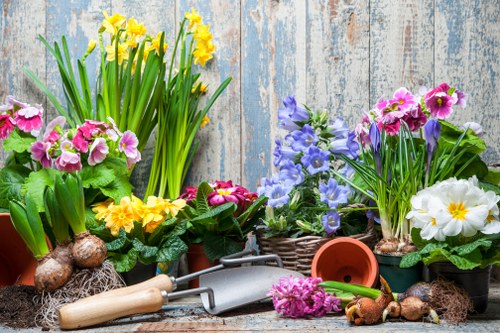
Assessing Your Space
Before diving into planting, it's crucial to assess your garden space. Consider factors such as sunlight exposure, soil quality, drainage, and existing structures. Understanding these elements will guide your design choices and ensure the success of your garden.
Take measurements and create a rough sketch of your space, noting areas that receive full sun, partial shade, or full shade. This assessment will help you determine which plants will thrive and where to position key features like pathways, patios, and water elements.
Additionally, consider the climate of your region. Selecting plants that are well-suited to your local weather conditions will reduce maintenance efforts and increase the resilience of your garden.
Design Principles in Landscape Gardening
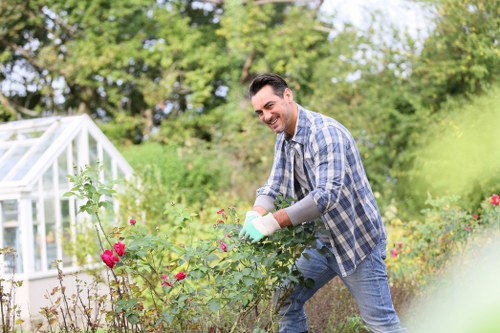
Balance and Harmony
Achieving balance in your garden design is essential for creating a harmonious environment. Symmetrical designs offer a sense of formal elegance, while asymmetrical layouts can provide a more natural, relaxed feel.
Incorporate a variety of plant types, sizes, and colors to add depth and interest. Ensure that tall plants are placed at the back or center, with shorter varieties filling in the gaps.
Consider the flow of movement within your garden. Pathways and walkways should guide visitors through the space, highlighting key features and creating visual pathways that encourage exploration.
Selecting the Right Plants
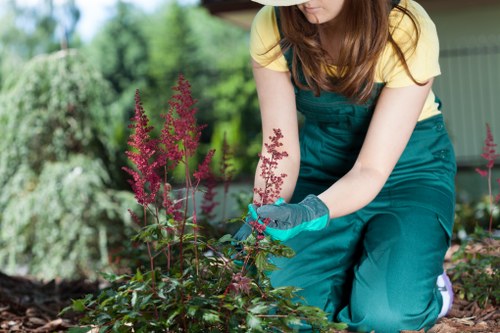
Choosing Plants for Your Garden
Plant selection is a critical aspect of landscape gardening. Opt for a mix of evergreen and seasonal plants to ensure that your garden has visual interest year-round.
Native plants are an excellent choice as they are adapted to the local climate and soil conditions, requiring less water and maintenance. Additionally, they support local wildlife, contributing to a healthy ecosystem.
Incorporate a variety of textures and colors to create contrast and highlight different areas. Think about flowering plants for bursts of color, foliage plants for texture, and structural plants to provide form and silhouette.
Sustainable Practices in Landscape Gardening
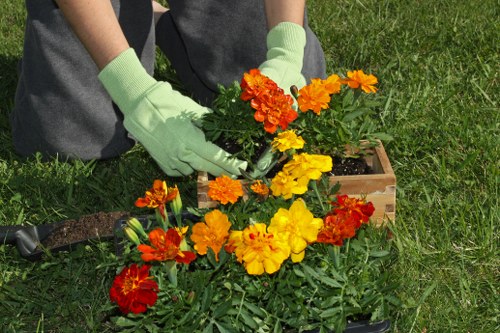
Eco-Friendly Gardening Techniques
Sustainability is becoming increasingly important in landscape gardening. Implementing eco-friendly practices not only benefits the environment but also enhances the longevity and resilience of your garden.
Consider incorporating composting to enrich your soil naturally. Using organic mulch helps retain moisture, suppress weeds, and improve soil structure.
Implementing water-wise strategies, such as drip irrigation and rainwater harvesting, can significantly reduce water consumption. Additionally, selecting drought-tolerant plants can help minimize your garden's water footprint.
Maintaining Your Landscape Garden

Regular Maintenance Tasks
Maintenance is key to ensuring that your landscape garden remains vibrant and healthy. Regular tasks include pruning, weeding, fertilizing, and monitoring for pests and diseases.
Pruning helps maintain the shape and size of your plants, promoting healthy growth. Weeding prevents unwanted plants from competing with your desired species for nutrients and water.
Fertilizing provides essential nutrients that support plant health and growth. It's important to choose the right type of fertilizer based on your soil and plant needs.
Incorporating Hardscape Elements

Enhancing Your Garden with Structures
Hardscape elements, such as patios, decks, fences, and pathways, play a vital role in landscape gardening. They provide structure and functionality, creating spaces for relaxation and entertainment.
Choose materials that complement the overall design of your garden. Natural stone, wood, and metal are popular options that offer durability and aesthetic appeal.
Integrating features like pergolas, trellises, and garden sculptures can add character and focal points to your outdoor space.
Seasonal Considerations

Adapting Your Garden Throughout the Year
Understanding seasonal changes is essential for effective landscape gardening. Different seasons bring varying challenges and opportunities for your garden.
In the spring, focus on planting new growth and preparing your soil. Summer requires diligent watering and protection against pests. Autumn involves harvesting, pruning, and preparing plants for the colder months.
Winter can be a time for planning and maintenance, ensuring that your garden is ready to flourish once the warmer weather returns.
Advanced Techniques

Innovative Approaches to Landscape Gardening
For experienced gardeners, advanced techniques can take your landscape gardening to the next level. Techniques such as xeriscaping, vertical gardening, and permaculture design can enhance the functionality and sustainability of your garden.
Xeriscaping focuses on water conservation by using drought-resistant plants and efficient irrigation systems. Vertical gardening maximizes space by growing plants upwards on structures like walls, trellises, or pergolas.
Permaculture design emphasizes creating self-sustaining ecosystems that mimic natural processes, reducing the need for external inputs and promoting biodiversity.
Tools and Resources

Essential Tools for Every Gardener
Having the right tools is fundamental to successful landscape gardening. Essential tools include shovels, pruners, rakes, hoes, and watering systems.
Investing in quality tools will not only make gardening tasks easier but also ensure their longevity. Additionally, consider using eco-friendly tools and materials to support sustainable gardening practices.
Utilize resources such as gardening books, online tutorials, and local gardening clubs to expand your knowledge and connect with other gardening enthusiasts.
Conclusion

Landscape gardening is a rewarding endeavor that combines creativity, functionality, and sustainability. By carefully planning your space, selecting the right plants, and incorporating both softscape and hardscape elements, you can create a garden that is both beautiful and enduring.
Regular maintenance and the adoption of eco-friendly practices will ensure that your garden thrives in the long term. Whether you're a novice or an experienced gardener, embracing the principles of landscape gardening can transform your outdoor space into a personal oasis.
Ready to elevate your garden? Contact us today to start your landscaping journey!



